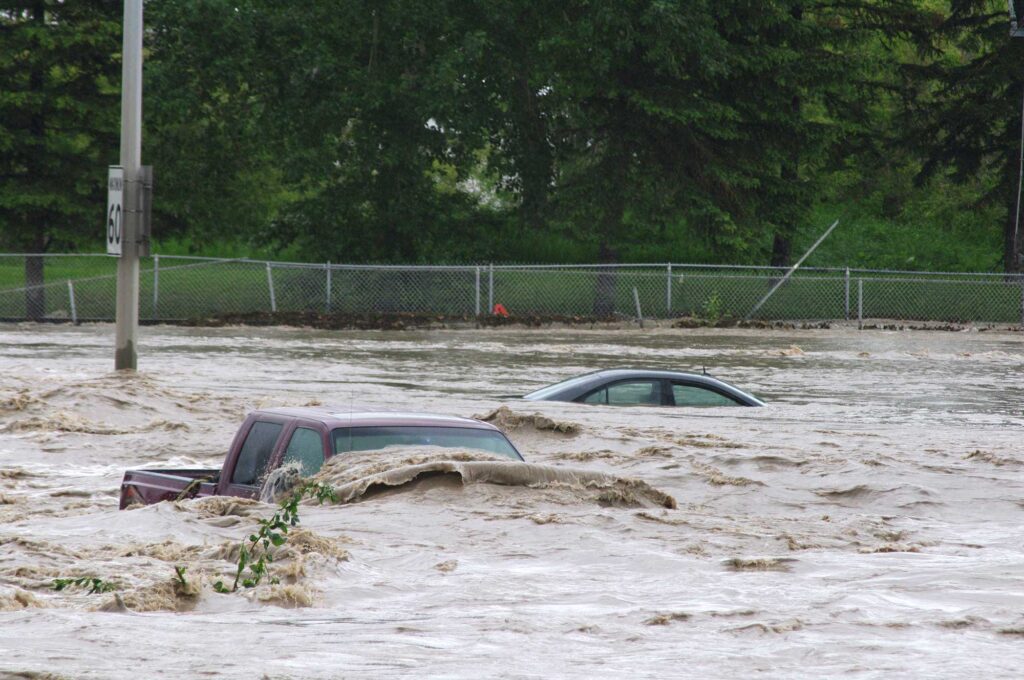Use of the temperature scaling approach to estimate future extreme precipitation intensities reflects current best practices, climate science knowledge, and technical ability. However, the climate science community is improving understanding of historical precipitation observations, developing bigger supercomputers to better simulate extreme precipitation events, and – perhaps most importantly – advancing first-principles understanding of diverse and complex extreme weather events. As a result, Canadians should expect to see continued evolution of best practices recommendations around future extreme precipitation projections – and sharing of these recommendations by Environment and Climate Change Canada on ClimateData.ca.
Use of temperature scaling to estimate future extreme precipitation intensities relies on 1) adequate estimates of historical precipitation extremes – either directly from long-term weather stations (e.g. Mekis et al., 2018) or, less ideally, gridded historical climate data products (e.g. Werner et al., 2019); and 2) estimates of future temperature changes from climate models. Adequate records of historical precipitation extremes allow estimates of future changes to these extremes from climate models to be built on a ‘solid foundation’. Any future modelling used to develop temperature changes must take into account key factors that determine the level of change: timeframe of interest, choice of climate models and emissions scenarios, and the role of natural climate variability in regulating year-by-year climate conditions. Addressing these factors in the course of temperature scaling-based assessments (such as in this Worked Example) will ensure that changes to future precipitation extremes based on temperature scaling covers the full range of possible future conditions. ClimateData.ca provides climate change-scaled IDF data on the Variable page, for all stations for which the ECCC provides historical IDF curves.


